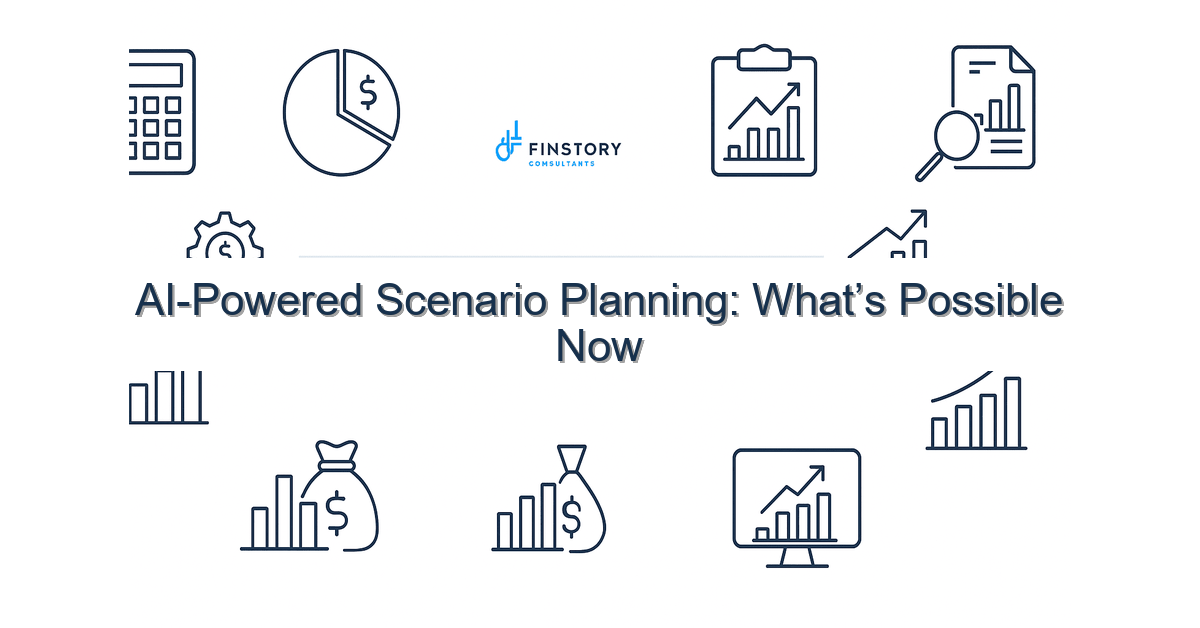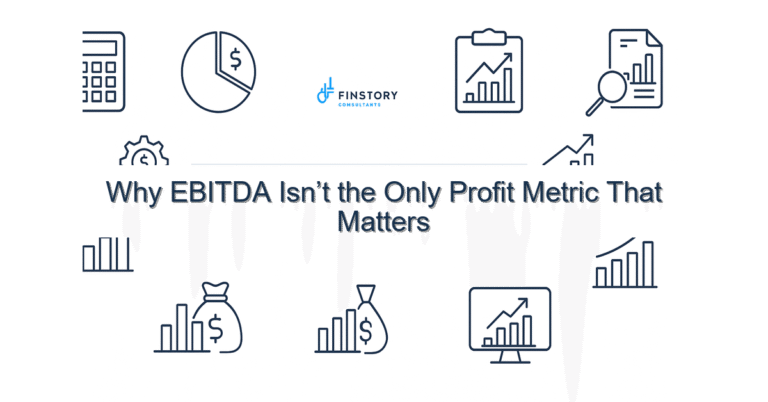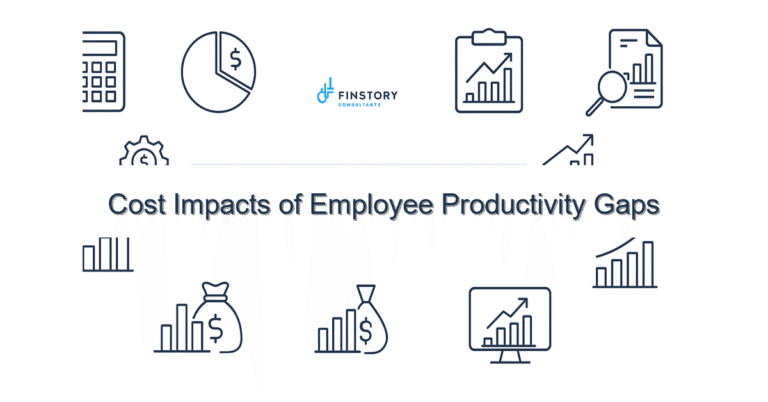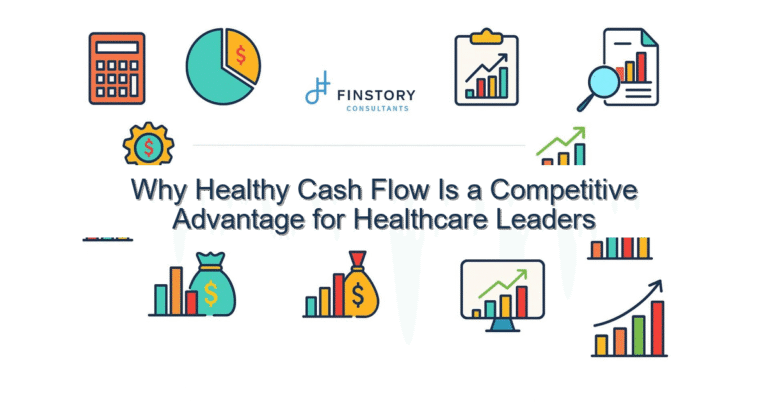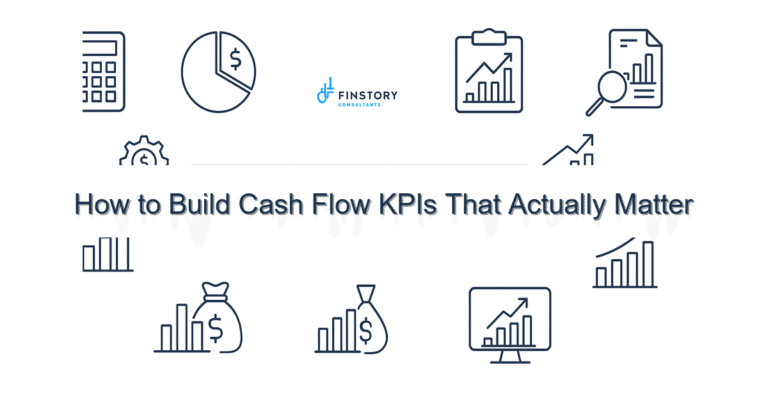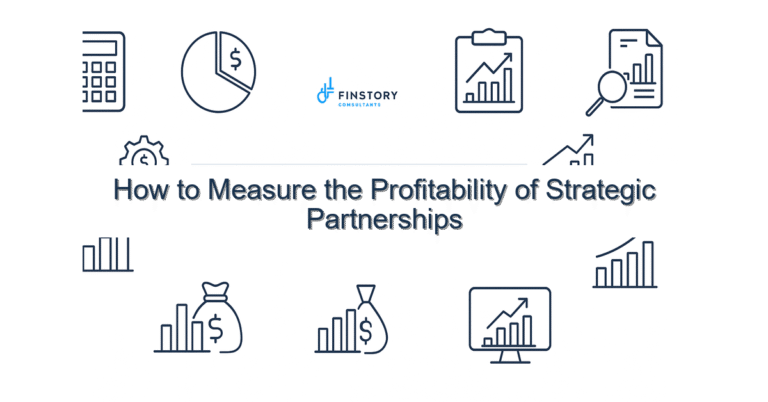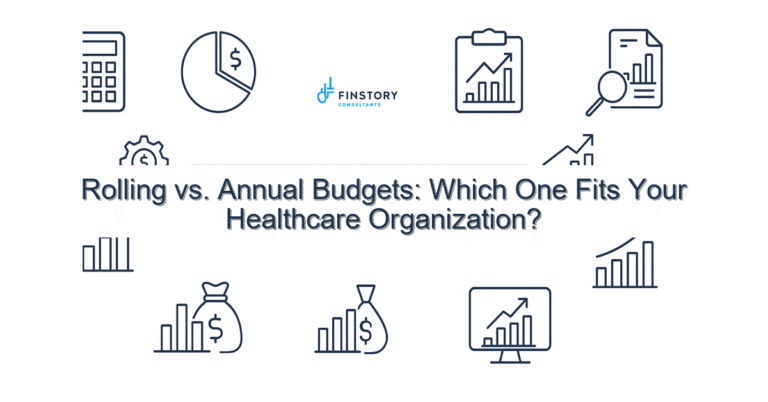AI-Powered Scenario Planning: What’s Possible Now
You’re juggling budgets, bed capacity, and volatile revenues — all while leaders want faster answers. You need scenarios that are realistic, fast, and trusted, not spreadsheets pushed to their limits.
Summary: Use AI-powered scenario planning to reduce forecast cycle time, surface high-impact risks, and run dozens of realistic “what ifs” in hours, not weeks — so your team can make faster, more confident operational and financial decisions.
What’s the real problem? (where AI-powered scenario planning helps)
Hospitals and health systems face complex, interdependent variables: patient volumes, payer mix, staffing, supply costs, and regulatory changes. Traditional scenario planning is slow and brittle. Leaders often delay decisions because the scenarios feel hypothetical or take too long to build.
- Symptom: Forecast cycles take weeks and still miss major swings in volume or revenue.
- Symptom: Finance and operations work in silos — capacity plans don’t match budget scenarios.
- Symptom: Teams run a couple of static scenarios and call it planning, leaving blind spots.
- Symptom: Decision-makers distrust the model outputs because assumptions are hidden or inconsistent.
What leaders get wrong
Many leaders assume scenario planning is just more modeling. That misses three realities: speed matters, assumptions must be transparent, and you need continuous rather than one-off scenarios.
Common pitfalls:
- Overcomplicating models: More knobs doesn’t equal better insights — it often slows decisions.
- Treating AI as a black box: Leaders accept outputs without validating assumptions or lineage.
- Isolated tools: Power BI dashboards sit apart from the planning engine, so scenarios aren’t actionable.
- Underinvesting in change management: Tools change outcomes only if teams use them correctly.
A better approach: an AI-powered scenario planning framework
Shift from static, spreadsheet-heavy scenarios to a repeatable framework that blends AI, domain rules, and stakeholder inputs. The goal: accurate, explainable scenarios you can trust and act on.
Three-step framework:
- 1) Ingest and align data — patient volumes, claims, staffing rosters, supply prices, and monthly P&L into a single source of truth.
- 2) Build scenario drivers with AI — use time-series models and causal inference to surface leading indicators (e.g., outpatient referrals, ER arrivals, cancelation rates) and quantify sensitivities.
- 3) Generate explainable scenarios — run dozens of what-ifs, show the top contributing drivers, and package results into operational levers (staffing, elective-surgery cadence, supply reorders).
- 4) Close the loop — route outcomes to Power BI reports and finance automation so planners can convert scenarios into budgets, forecasts, and operational actions.
Real-world story: A mid-sized health system we worked with cut its forecast cycle from six weeks to ten days. By using AI to identify that elective-surgery cancellations were the top driver of revenue variance, the finance team reallocated $3M in contingency to targeted patient-reengagement programs — improving utilization and recouping 60% of projected losses.
Quick implementation checklist
- Inventory your data sources this week: EHR volumes, billing, HR rosters, supply contracts, and payer contracts.
- Pick 3 to 5 high-impact scenario drivers (e.g., ER arrivals, elective cancellations, payer mix).
- Run a pilot: build one AI model for a single service line (e.g., orthopedics) and validate against recent months.
- Design explainability: document assumptions and the top 5 drivers for each scenario.
- Connect outputs to a Power BI dashboard for leadership reporting and daily monitoring.
- Set a cadence: weekly scenario reviews with ops, finance, and clinical leads.
- Automate variance reporting: push scenario-to-actual comparisons to your FP&A workflow.
- Train 2–4 power users to own scenario generation and storytelling.
What success looks like
Measure success with practical, finance-facing KPIs:
- Forecast accuracy improvement: +10–25% reduction in revenue variance (depending on baseline).
- Cycle time: reduce planning cycle from weeks to 7–10 days.
- Scenario throughput: ability to run 20–50 scenarios in parallel instead of 2–3 manual variants.
- Decision velocity: reduce time-to-decision on staffing or OR cadences by 40–60%.
- ROI: reclaim labor hours and avoid unnecessary costs — typical payback on tooling and process in 6–12 months.
Risks & how to manage them
Risk 1 — Garbage in, garbage out: If source data is poor, AI will amplify problems. Mitigation: start with a limited scope, validate inputs, and implement basic data hygiene checks.
Risk 2 — Black box outputs reduce trust: Users ignore scenarios they don’t understand. Mitigation: prioritize explainable models and include driver-level narratives for each scenario.
Risk 3 — Operational disconnect: Scenarios live in reports but don’t change behavior. Mitigation: link scenarios to specific operational levers (e.g., staffing flex pools, elective-surgery slots) and assign owners for execution.
Tools & data
Successful AI-powered scenario planning blends several tool types:
- Data warehouse / lake for aligned sources (claims, EHR, HR, AR).
- Finance automation to push scenario outputs into FP&A workflows and budgets.
- AI/ML models (time-series forecasting, causal impact) that provide explainable outputs.
- Power BI for leadership reporting and daily operational dashboards.
Tip: Avoid point solutions that don’t integrate. The tightest value comes when scenario outputs feed your finance automation and leadership reporting stack so decisions are both visible and executable.
FAQs
Q: How long does it take to stand up AI-powered scenario planning?
A: For a focused pilot (one service line and 3–5 drivers), expect 6–10 weeks to deliver usable scenarios and dashboards. Full rollout varies by data maturity.
Q: Will AI replace our financial modelers?
A: No. AI augments modelers by automating repetitive tasks, surfacing drivers, and enabling more scenarios. Skilled analysts remain critical for judgment, validation, and stakeholder alignment.
Q: How do we validate AI scenario outputs?
A: Backtest models on recent months, compare scenario ranges to actuals, and review driver explanations with clinical and ops leaders. Start small and expand when confidence grows.
Next steps
If you want faster, more reliable scenario work that ties directly to operations and the budget, start with a focused pilot and a clear owner for operational actions.
Contact Finstory to run an AI-powered scenario planning pilot tailored for healthcare operations and finance. We’ll help you select drivers, validate models, and connect scenarios to Power BI and finance automation so decisions actually stick.
Work with Finstory. If you want this done right—tailored to your operations—we’ll map the process, stand up the dashboards, and train your team. Let’s talk about your goals.
Related reading: Rolling Forecasts for Healthcare Finance, Finstory Financial Modeling Services, and Demand Forecasting in Health Systems.
📞 Ready to take the next step?
Book a 20-min call with our experts and see how we can help your team move faster.
Prefer email or phone? Write to info@finstory.net
or call +91 44-45811170.
